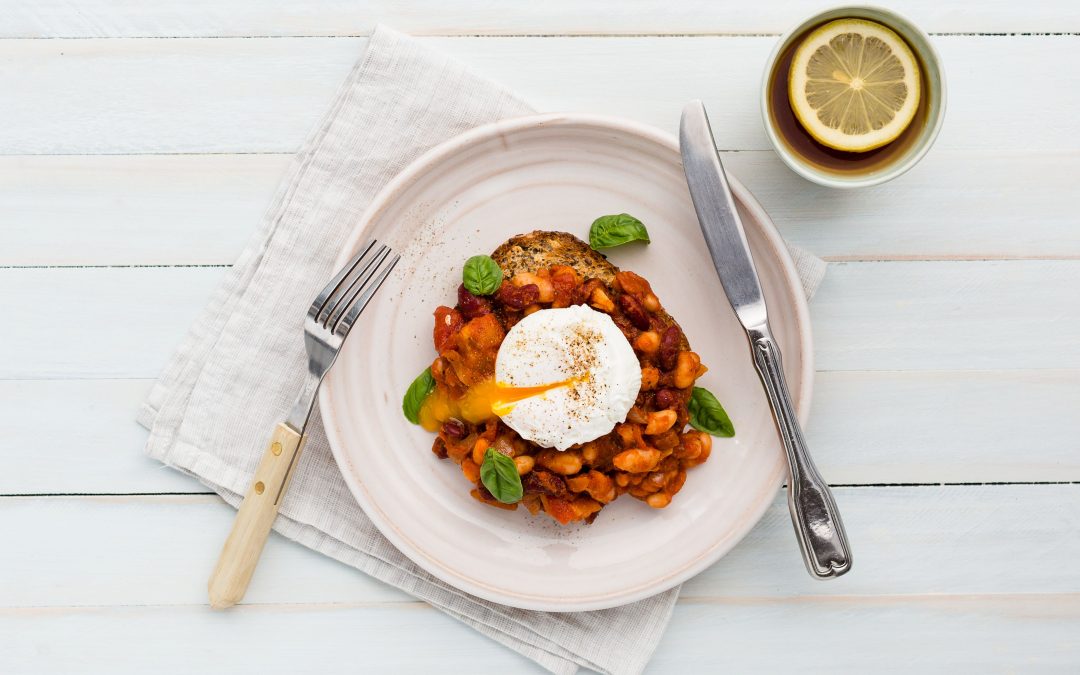By making some small changes, you can create a bee-friendly garden and make a big difference in helping bees to thrive.

New Zealand is home to 28 species of native bees who help to pollinate crops and gardens. They play an incredibly important role in the environment. Without them, our gardens would be without many of their plants and flowers and our agriculture industry would be severely impacted as well.
The good news is that you can help! By making your garden bee-friendly you can help to create an environment where this essential insect can thrive.
Plant the right flowers
Bees like any flowers, right? Wrong. There are certain characteristics to take into account when planning what to plant.
Colour
Bees have vivid colour perception but red and green look similar to them. To make it easier for bee to spot flowers, try to plant flowers in shades of blue, yellow, purple, pink and white. The brighter the better!
Shape
Certain shapes of flowers are easier for bees to navigate. They like flowers with flat, open shapes that make a good landing platform, or which are tubular with nectar at the base. Plants with flower spikes are also a great option as bees can move quickly between flowers.
Fruit
If you’d like to avoid adding pollen-filled flowers in your garden, planting fruit is also an option. Sweet-smelling and flower-bearing fruits like raspberries and blackberries are an excellent alternative.
Season
Plan out your garden so you plant flowers that bloom in different seasons. In this case, perennial flowers are ideal! Here are some ideas for great bee-friendly flowers/plants from Mossop’s Honey:
- Annual flowers: Camellias, borage, sunflowers, foxgloves, cloves, marigolds, pansies, daffodils
- Trees, shrubs, bushes & climbers: Bottlebrush, lavender, rosemary, wisteria
- Herbs & kitchen plants: Sage, basil, chives, fennel, squash
- NZ Native Plants / Trees: NZ Jasmine, pohutukawa, rewarewa, NZ flax, lemonwood, Hoheria, tea tree

Make a bee hotel
Unlike honey bees, most other bee species are solitary, meaning they live alone and not in hives. A reduction in wildflowers and nesting sites has made it difficult for these bees to survive, so bee hotels are handy places for solitary bees to make their nests.
The good news is that they are super easy to make and there are a wide variety of designs available on the internet, like this one by local organisation Sustainability Trust.
Build a water fountain
Having a bee bath/water fountain in your garden is a great way to provide tired bees with much-needed rest and hydration. If you’re creating a bee-friendly water fountain, make sure it’s shallow (bees will drown in deep water). It’s also important to put some stones in your fountain so bees have a place to rest and can access the water easily.
Use natural alternatives to insecticides
We know some insects are more welcome than others and you might be tempted to get rid of the nasties using insecticides. However, they are also harmful to other insects in your garden – including bees! Not to mention all the other nasty effects of insecticides. To ensure that bees aren’t harmed while you try to eradicate unwanted pests, try using a natural alternative instead. We love these tips for gardening without insecticides by Consumer NZ.

